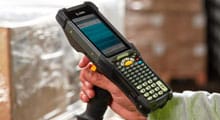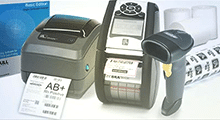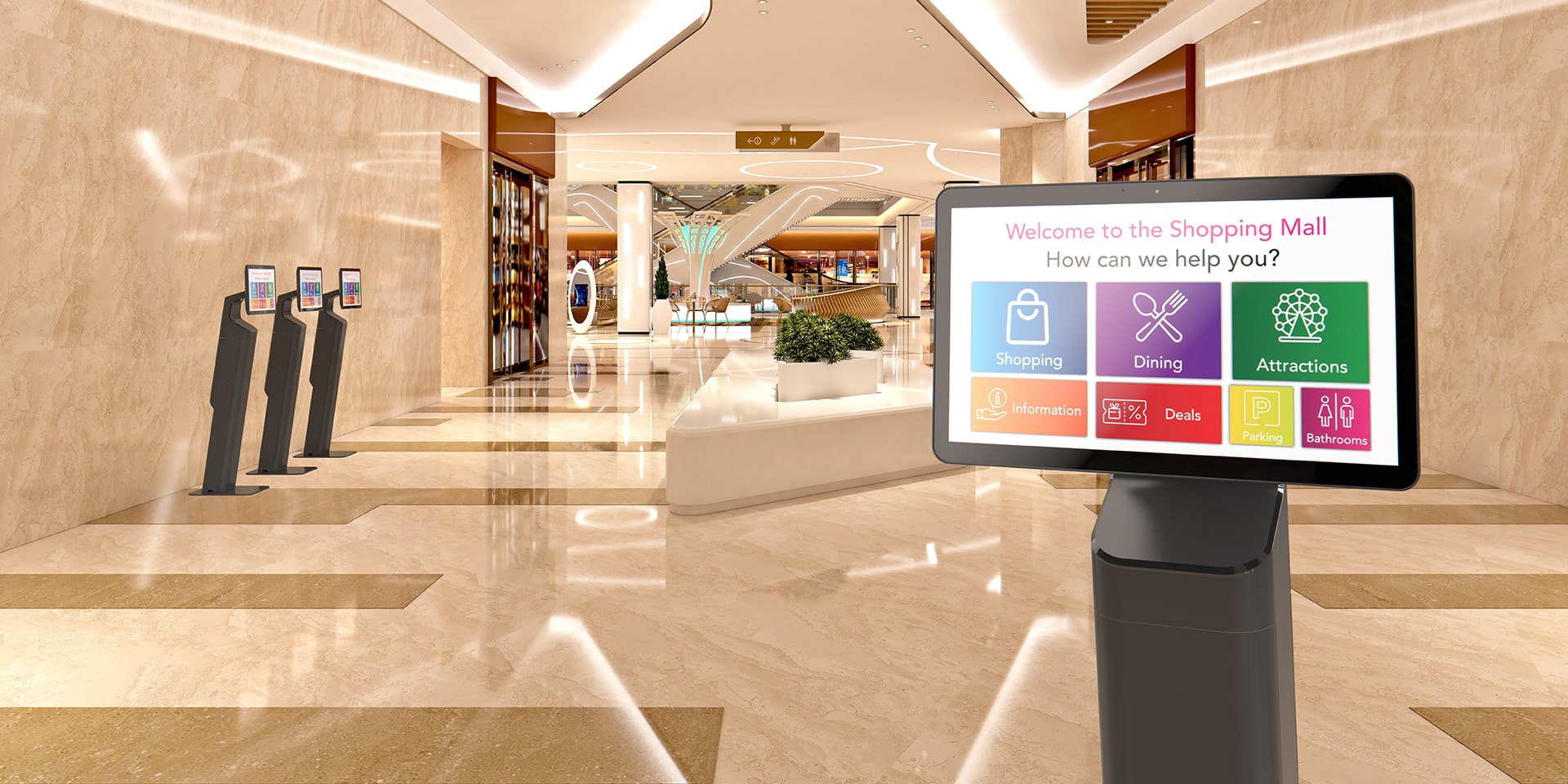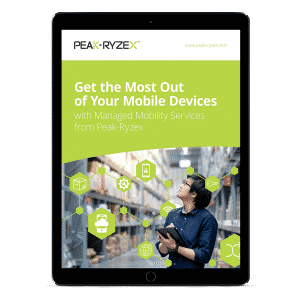The modern workforce looks little like the professional world of even a few years ago. Geographical limitations are officially a thing of the past. Now, employees can work for a variety of organizations, regardless of where they reside. Modern professionals love the flexibility and work-life balance this approach provides, but it’s also beneficial for businesses. Under a remote setup, it’s possible to access the best talent from afar.
While the rise of the mobile workforce provides an array of exciting opportunities, it also presents several challenges that must be addressed for the sake of security, productivity, and customer satisfaction. Keep reading to learn more about these concerns and how they can be addressed to ensure that the mobile workforce reaches its full potential.
What Does it Mean to Be a Mobile Workforce?
A mobile workforce is not bound by any one physical location, but rather, able to maintain a connection via computers and mobile devices. Workers may be geographically scattered, but that doesn’t stop each group of employees from working together towards a common goal.
In logistics and supply chain management, mobile workforce management allows warehouses and fleets to be scattered across numerous geographic regions without negatively impacting operations. While field service has long required employees to remain on the move, they no longer have to sacrifice connectivity while they’re on the go.

Mobile Workforce Management Trends & Challenges
In today’s professional world, mobility is not optional; it’s expected. Many people will not even consider applying for jobs that lack flexible work arrangements.
A 2019 IWG survey revealed that one-third of employees would gladly trade the ability to choose their work location over extra vacation time. What’s more, nearly three-quarters of this survey’s respondents referred to flexible working as the new normal. Millennials, in particular, are devoted to this way of life.
Mobile and remote setups have only become more common since IWG published its survey on flexible work arrangements. While these adaptations were driven, in part, by COVID-19, experts believe that this only hastened an inevitable trend towards workplace mobility. It has become evident these last few years that professionals prioritize work-life balance. This is increasingly crucial not only for attracting employees, but also, for retention.
As the mobile workforce becomes the new status quo, a variety of exciting opportunities and challenges can be expected. Companies will enjoy the ability to recruit from a wider talent pool while workers will benefit from greater convenience and access to a variety of jobs.
Unfortunately, these benefits will be accompanied by new security and compliance risks, as well as struggles involving oversight and connectivity. Many of these concerns can be overcome with help from targeted technological solutions specifically built with mobile work in mind. Key trends to watch for with managing a mobile workforce include the following:
Security
While all modern businesses are vulnerable to cyber-attacks and other security threats, these concerns are particularly worrisome for the mobile workforce, in which it is inherently more difficult to control devices, data, and employee behavior.
Seemingly small errors can spell huge problems for businesses that operate on a remote basis. Common issues include data leakage, malware, and phishing attacks. Many companies have been targeted by problematic content that pose grave risks for enterprise fleet applications.
Often, the most significant security issues arise not as businesses implement initial mobile work arrangements or educate employees about malicious app content, but rather, when they fail to make necessary updates in response to operating system end of life and other transitions. The end of life for Windows CE, for example, has presented huge risks for companies slow to make the necessary migration. Transitions like this mean phasing out of key security patches while also compromising compatibility.
The good news? A variety of excellent security solutions are now available to keep sensitive data safe, regardless of how or where mobile employees access it. In addition to utilizing the most up-to-date operating systems, businesses that employ remote workers can benefit from Mobile Device Management (MDM) services, which strengthen security by encrypting data, restricting features when needed, and providing lockdown solutions. MDM also provides location and device tracking, along with audit reports and swift alerts to keep business leaders in the know.
Real-Time Data
The concept of big data is old news — it’s now taken for granted that collecting and analyzing data can help businesses improve everything from productivity to customer satisfaction. Already, over half of businesses use big data analytics. These days, big data doesn’t just provide a competitive edge; it’s crucial to success.
It’s no longer enough for businesses to gather and utilize a high volume of data. Now, those that want a competitive advantage must do so in real-time.
Top concerns and opportunities related to real-time data in a mobile workforce include:
- IoT telematics. Every facet of the modern mobile workforce relies on robust data. Internet of Things (IoT) telematics systems and solutions leverage real-time data by making the most of asset tracking, camera systems, speed monitoring, and several other advanced solutions. End-to-end telematics software solutions improve performance through every element of the supply chain.
- Scheduling. Despite its advantages, a distributed workforce brings significant complications to scheduling processes and procedures. Keeping track of employees is difficult enough within a specific geographic radius, but the factors influencing routes, deliveries, and worker availability increase exponentially as the mobile nature of the workforce expands each company’s reach. In addition to finding new ways to prioritize existing jobs, there’s a need for streamlined rescheduling, plus ad-hoc requests and accompanying administrative issues. Scheduling software with real-time capability automates key processes while also harnessing the power of real-time customer communication.
- Proof of delivery. Today’s customers desire immediate insight into the status of their orders. If employees are unable to instantly alert customers, the result may be incessant requests for feedback. This, of course, hampers productivity. Real-time proof of delivery solutions improve visibility, leading to significant boosts in both productivity and customer satisfaction.
Mobile Workforce Productivity
Remote employees can be even more productive than traditional workers who commute every day — but only if they’re equipped with easy-to-navigate technological solutions and other tools to streamline their work.
GPS fleet tracking is one of the most basic solutions for enhancing productivity among mobile employees. What’s more, it’s already utilized by the majority of today’s organizations. For example, data from a Verizon survey reveals that nearly two-thirds of businesses now use GPS fleet tracking. Most are satisfied — or extremely satisfied — with the results. In fact, nearly one-third claim to have achieved a positive return on investment within a mere six months.
As you strive to boost productivity among mobile team members, keep the following essentials in mind:
- Regular updates for in-vehicle devices. Does your protocol for updating in-vehicle devices live up to your approach for updating other technological solutions? It’s easy to fall behind when devices are deployed on the road, but this can dramatically reduce productivity. Devices must be updated regularly to ensure that they have the latest versions of software and apps. Employees equipped with updated mobile devices are less likely to run into frustrating glitches or other tech-based roadblocks.
- Route optimization software. Businesses within the transportation, supply chain, and logistics sectors can benefit from route optimization software, which streamlines deliveries and other essentials while taking factors such as driver shortages and environmental regulations into account. These real-time route planning solutions allocate efficiently based on current conditions and limitations. In addition to improving productivity, these systems can limit fuel and maintenance costs over time.
- Wireless connectivity via in-cab solutions. Inefficiencies often occur when employees suffer limited connectivity. In-cab wireless ensures that all productivity-oriented apps and systems remain accessible at all times. Cellular options such as mobile WiFi hotspots can also be relied upon to keep drivers and their devices consistently connected. This is particularly important for field employees, who need to be connected to communicate and cannot rely on face-to-face interactions with co-workers.
Keep Your Mobile Workers Equipped & Connected With Peak Technologies
No matter where your employees are located, they want to feel like a valued part of your team. You can promote employee engagement by providing mobile workers the tools and support they need. Yes, mobile work will always present challenges — but thankfully, a variety of systems can be deployed to ensure that you make the most of this modern setup.
At Peak Technologies, we’re prepared to help your mobile workforce thrive by providing access to a range of solutions. We offer a variety of solutions that can be customized based on your organization’s unique needs. Contact us today to learn how you and your team members can benefit from our mobile workforce management software and other services.





































